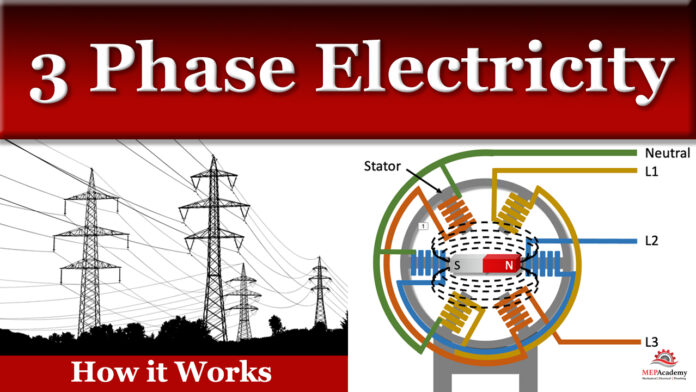3 Phase Electricity – How it Works. We’ll be demonstrating how 3 phase electricity works by first explaining how its generated, and how it differs from single phase electricity. We’ll also cover where 3 phase power is used in industrial and commercial buildings.
To watch the FREE YouTube version of this presentation, scroll to the bottom.
How is 3 Phase Electricity Generated?
If starting at the source of 3 phase power generation, we would begin at the power generation plant, whether that was nuclear, fossil fuel or another source. AC Generators convert mechanical energy into electrical energy, while the AC motor does the opposite, it converts the electrical energy into mechanical energy like turning the motor shaft of a pump or fan.
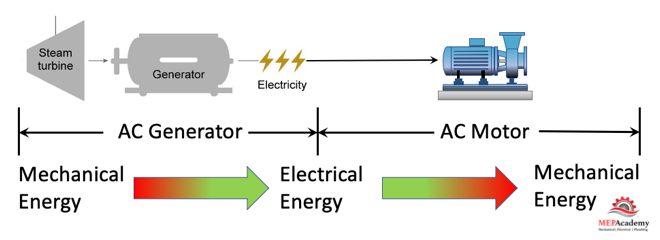
The AC generator could be a steam powered turbine fed by a boiler burning coal, gas, oil or another source, such as nuclear power or a hydroelectric dam. The steam or potential energy turns the generator that produces the 3 phases we’ll be discussing now. We’ll show you a coal burning plant convert coal into electricity later.
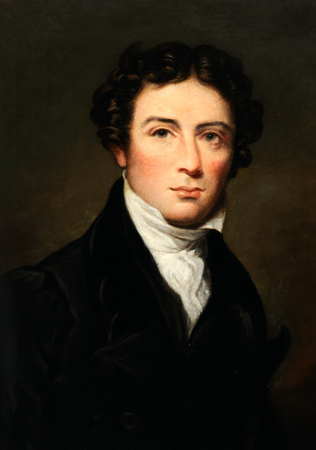
First we must pay tribute to Michael Faraday, an English Scientist who contributed to the study of electromagnetism and the principles underlying electromagnetic induction. AC Generators and Motors use electromagnetic induction as we’ll now explain.
Electromagnetic Induction
A magnetic field can be created in a conductor by passing electricity through it, or an electrical current can be induced in a conductor by passing a magnetic field past the conductor. We can accomplish this with three items, a conductor, electromagnets and movement between them.
There are many version of the AC Generator, one such version uses a rotating electromagnet to create a magnet field that conductors pass through, thereby creating electromotive force and inducing current to flow in the conductors. Another version would have the conductors moving and the electromagnets are stationary. The commonality is a electromagnet which creates a magnetic field and a conductor that is brought within this magnetic field.
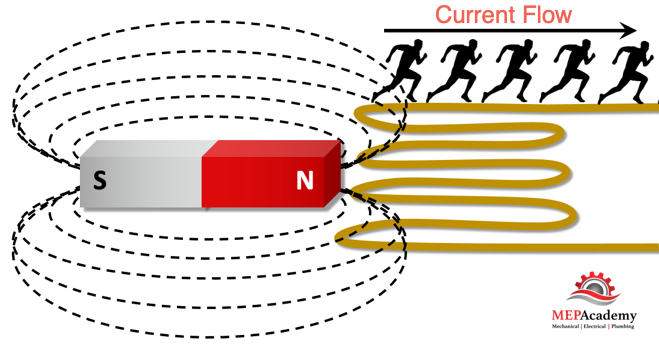
When the north pole of the Electromagnet passes the electrical conductor windings it induces current to flow in the wire.
When the magnet is 90 degrees past the conductor windings than no current flows in the wire.
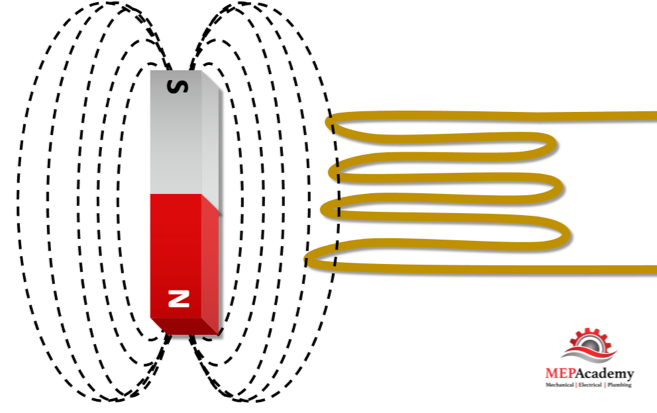
As the South pole of the electromagnet passes the conductor windings it causes the current to travel in the opposite direction as that caused by the North pole of the magnet. This causes the current to be alternating in direction as represented by the wave form.
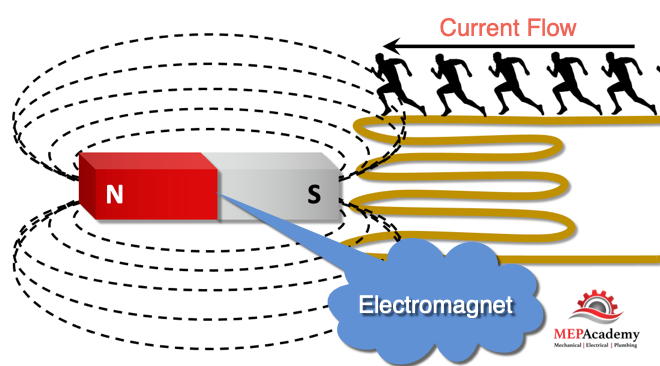
There are three coils in 3 phase electricity, with an angle of 120 degrees between them.

What is 3 Phase Electricity
Using what we learned previously we can now assemble a basic 3 phase generator by adding three sets of windings, one for each phase. The previous single winding can be considered a single phase generator. Will need to put these windings in a housing to hold everything together.
Here is what a simple single phase generator might look like.
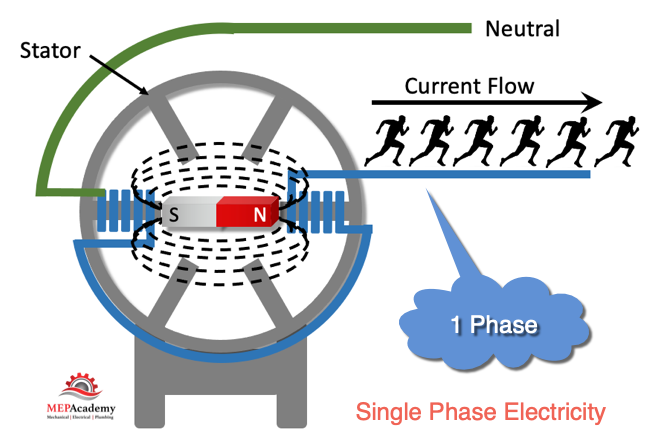
Now as the electromagnet rotates within the stator, its magnetic field cuts through the conductors inducing current to flow in an alternating back and forth pattern. Using only one conductor we get a single phase system.
Adding two more conductors we now get three phase electricity. The magnetic field of the electromagnet now penetrates the three conductors inducing current to flow in all three conductors. We get three separate phases that are 120 degrees apart giving us the most effective arrangement for power use.

As the magnetic field of the North pole of the magnet reaches the nearest point of one of the conductors it will force electrons and current to flow in one direction. Then when the South Pole of the electromagnetic reaches that same conductor it will causes the electrons or current to flow backwards. This back and forth push and pull of the electrons or current in the three separate windings is how three phase power is created.
While one conductor or winding is peaking in strength facing the North pole of the magnet, the others are 120 and 240 degrees away, awaiting their turn at the effects of the North pole of the magnet. This occurs 60 times in a second giving us 60 hertz, or if you’re in a country that uses 50 hertz, this will occur 50 times a second.
A complete rotation of all three phases equals one cycle, and in a 60 hertz system, that would mean 60 cycles or rotations of the rotor within the stator housing every second, for a 50 hertz system, 50 cycles per second. The cycles per second is called frequency, and is either 50 or 60 hertz. Remember motors with VFD’s can very their hertz, and if you aren’t familiar with this concept then see our video on VFD’s, Variable Frequency Drives.
Coal Burning Electricity Plant
The 3 phase electricity is generated here using dirty coal. Coal is sent to the boiler where it is burned to create steam that turns a turbine in the generator that produces the electricity. The electricity is transmitted over high voltage lines to location that will consume the electricity. The high voltage electricity will be converted to lower voltage by running it through a transformer.
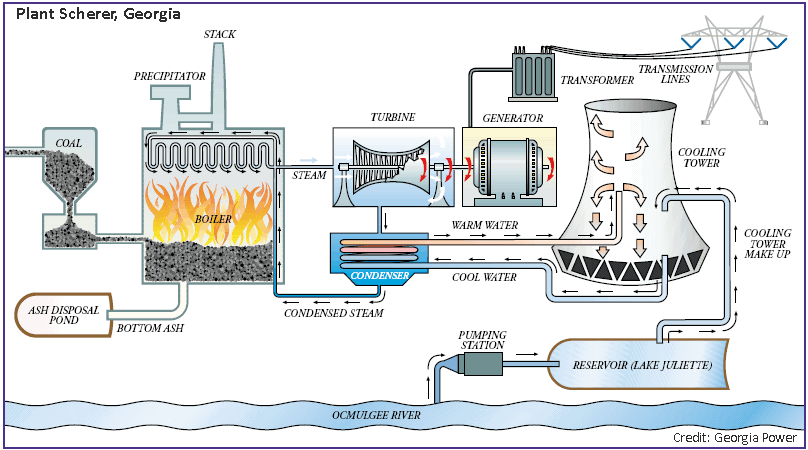
These transformers can be located on an industrial or commercial property where the voltage will be reduced to something that is at a proper level for the equipment it will power.
Depending on the configuration of the transformer, it can be setup as a delta or Wye type transformer providing all the various voltages required in the building. From this 3 phase electricity everything in the building can be powered whether requiring single or 3 phase. The lights in your home will use 115 volts or something similar while a commercial building may use 277 volts, single phase for their light fixtures, as 277V is more efficiently distributed.
Your home will only require single phase electricity while commercial and industrial buildings can use the more efficient and powerful 3 phase power for their equipment, such as Pumps, Fans, Chillers, Elevators, hospital equipment, etc. The 3 phase power allows the industrial and commercial buildings to also use just a single hot wire to get single phase to run office equipment like computers, vending machines, calculators and other low voltage items.


